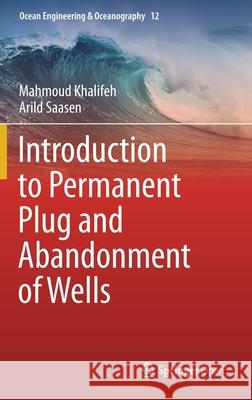Introduction to Permanent Plug and Abandonment of Wells » książka
topmenu
Introduction to Permanent Plug and Abandonment of Wells
ISBN-13: 9783030399696 / Angielski / Twarda / 2020 / 273 str.
Introduction to Permanent Plug and Abandonment of Wells
ISBN-13: 9783030399696 / Angielski / Twarda / 2020 / 273 str.
cena 201,72
(netto: 192,11 VAT: 5%)
Najniższa cena z 30 dni: 192,74
(netto: 192,11 VAT: 5%)
Najniższa cena z 30 dni: 192,74
Termin realizacji zamówienia:
ok. 22 dni roboczych
Dostawa w 2026 r.
ok. 22 dni roboczych
Dostawa w 2026 r.
Darmowa dostawa!
Kategorie:
Kategorie BISAC:
Wydawca:
Springer
Seria wydawnicza:
Język:
Angielski
ISBN-13:
9783030399696
Rok wydania:
2020
Dostępne języki:
Numer serii:
000450978
Ilość stron:
273
Waga:
0.58 kg
Wymiary:
23.39 x 15.6 x 1.75
Oprawa:
Twarda
Dodatkowe informacje:
Wydanie ilustrowane











